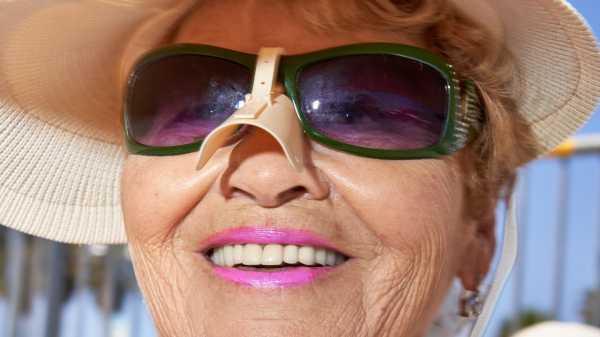
I can’t be the only L.A. resident who, when leaving home for a walk—to the grocery store, to the dry cleaner, to Runyon Canyon—finds herself recalling the chorus of the Missing Persons song ”Walking in L.A.,” from 1982. Its key lyric—“Nobody walks in L.A.”—is not exactly true (although, when I first moved here, I was seized by panic and unable to cross the four lanes of traffic at the intersection of La Cienega and Sunset Boulevards, despite the glowing pedestrian man signalling my right of way). Tourists stroll down Hollywood Boulevard, squatting for photos with the Walk of Fame; selfie-stick wielders step staccato past the shiny storefronts of Rodeo Drive, attempting to get their designer bags in the same frame as the designer’s sign. One of the best ways to experience the rapidly changing area of downtown Los Angeles is to walk a mile-long stretch of South Broadway, from the “We Buy Gold” shops to the Ace Hotel. The city’s expanding metro-rail system—more than a hundred million people rode L.A.’s trains last year—means that people are finding new places to hang out and ways to get around that do not mandate time on the freeway.
“I’m surprised people don’t think of L.A. as more walking-friendly,” the photographer Michelle Groskopf told me recently. “Cars are not really cognizant of you crossing, but, for the most part, there’s so much life on the street.” Groskopf moved from New York City to Los Angeles six years ago, and she brought the tradition of New York street photographers, such as Daniel Arnold, with her; she takes quirky, candid photos of pedestrians and amblers all over Los Angeles. “I get yelled at a lot,” she said. “It’s my right to take the photo, but, I suppose, it’s their right to yell.” Her vivacious photographs tell a story of Los Angeles that counters the stereotype of its denizens living in their cars and only emerging into the outside world camera-ready. She spotlights the sun seekers of the beach, the children of South Central, a Kendall Jenner doppelgänger crossing Rodeo Drive, and the strip-mall browsers of the Valley. Often, she focusses in on visceral details—a thumb stretching the back strap of a bikini, a drop of sweat above a lip, a pet snake tied, improbably, to a woman’s waist. There is hair everywhere: pink strands held back with a baseball cap, white curlicues on a tan chest.
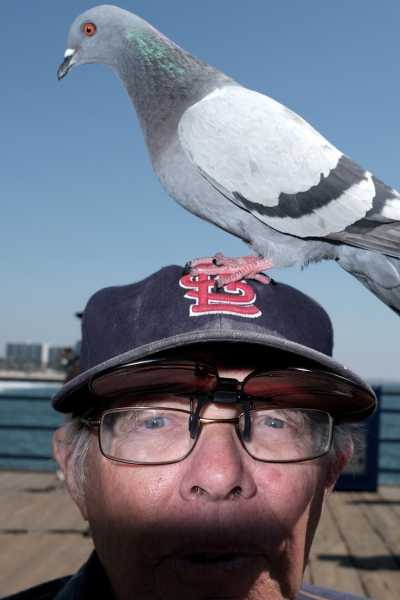
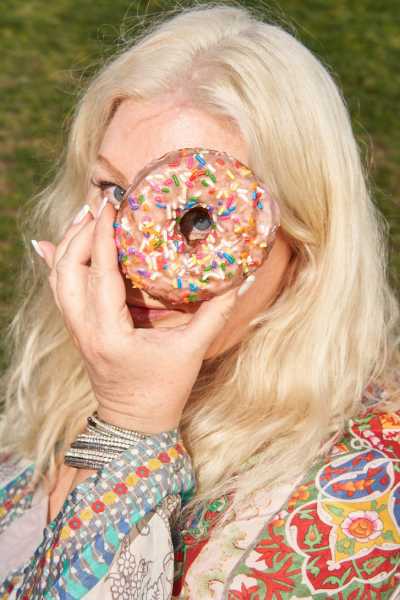
Groskopf lives in Hollywood and often spends Sunday mornings at the farmers’ market there, photographing hands as they go about the business of assessing produce. “People have a lot of control over their face,” she said. “They give the world what they think the world wants to see. Hands and feet—they tell a lot more about who you are.” In New York, where she was a television producer and served as a professor of film at the School of Visual Arts, street photography was her “personal getaway.” “I always thought, in L.A., I would have to put that down,” she said. “When I was in New York, I would step outside my apartment and be inundated by everything.”
What happened was just the opposite. In L.A., she said, “You have to seek it out. You have to learn to kind of be proactive, and it’s a mystery—who are these people? What’s happening in this corner? I never know anything. It’s a constant surprise.”
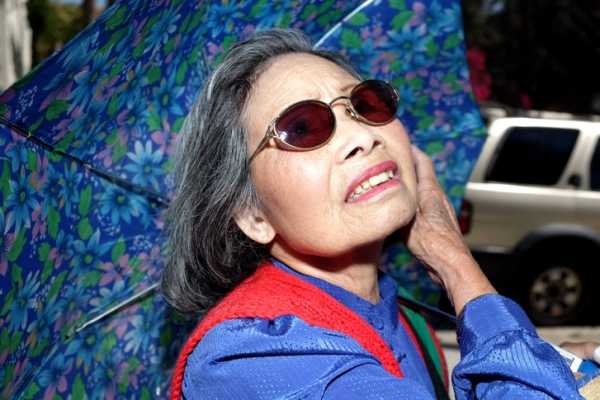
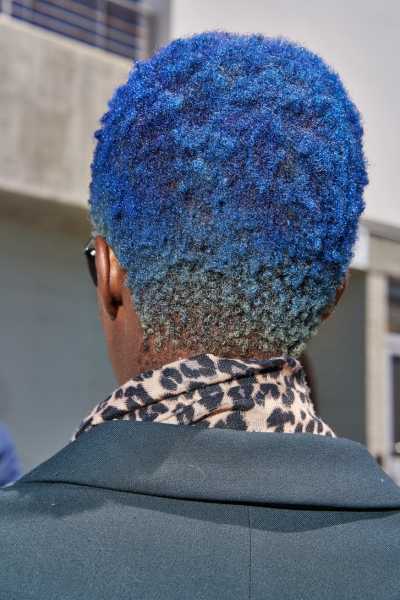
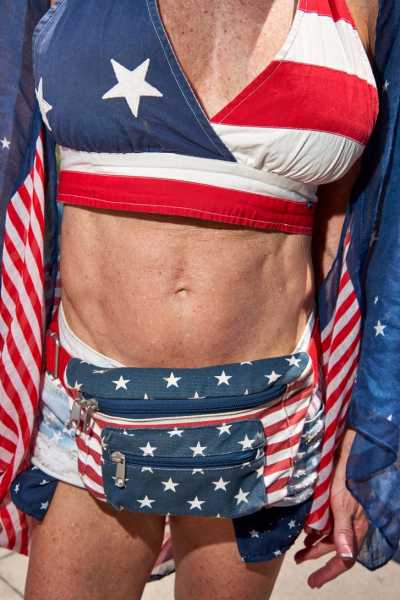
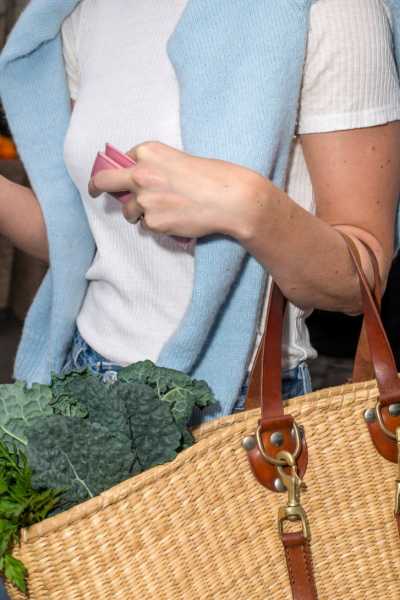
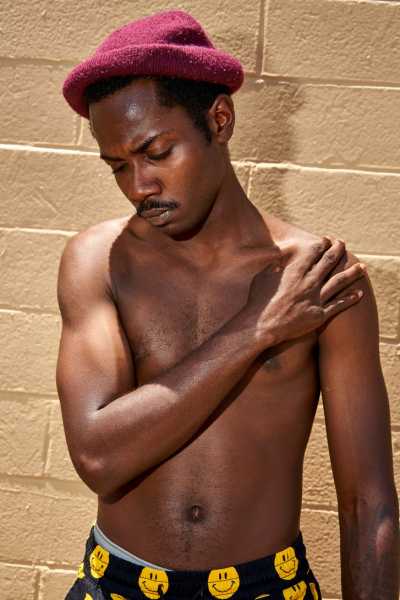
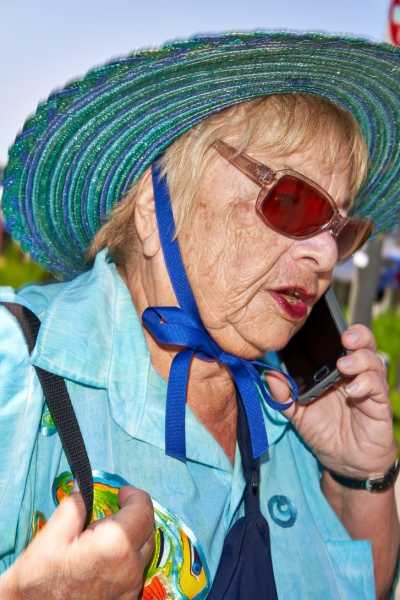
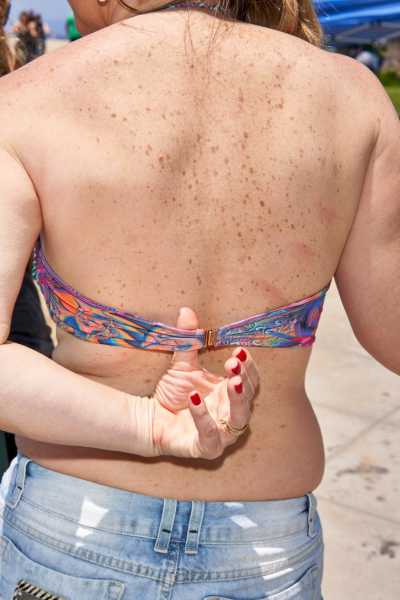
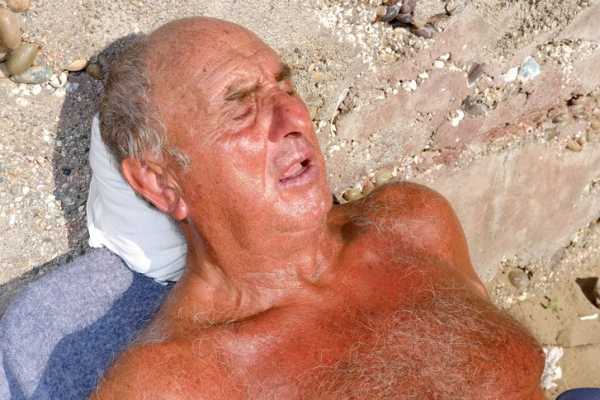
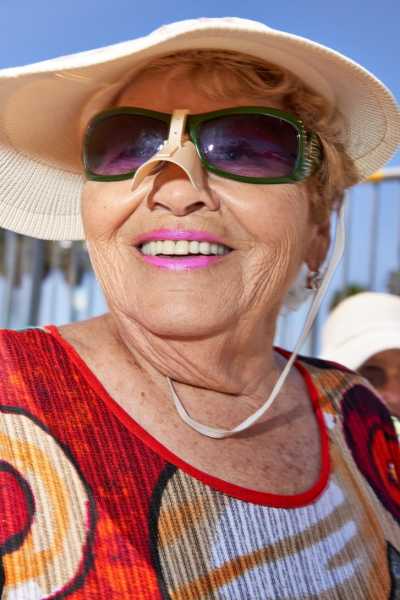
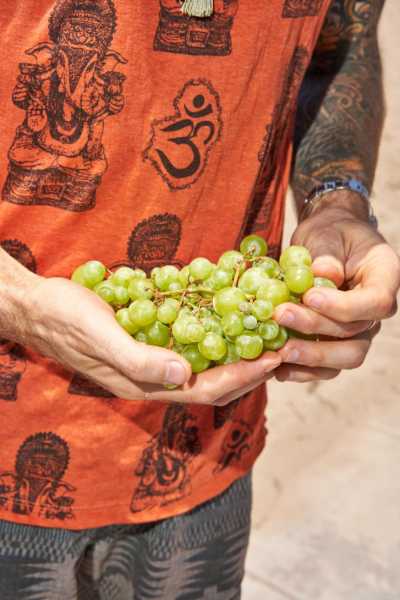
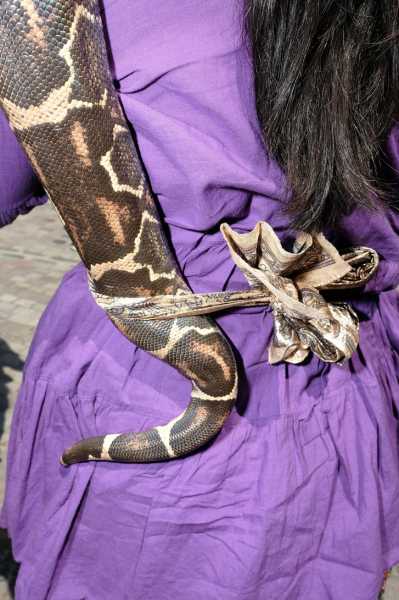
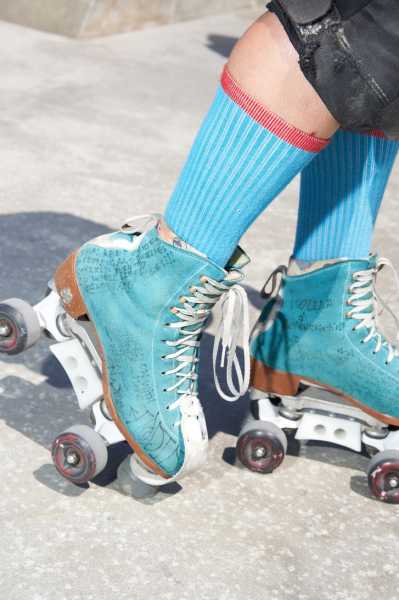
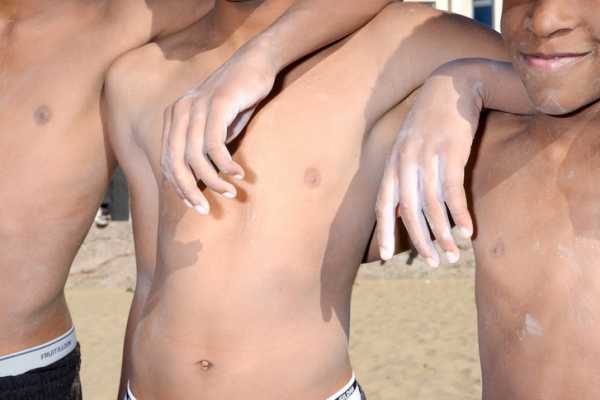
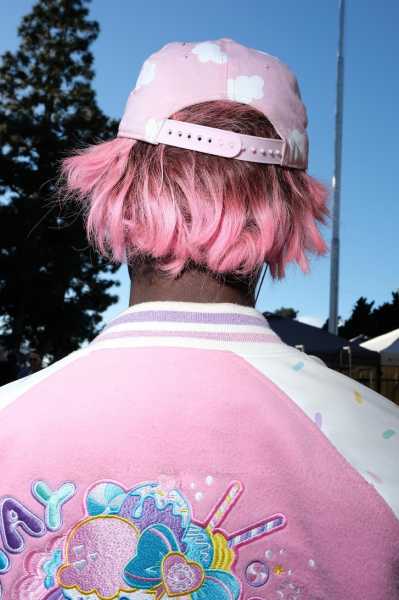
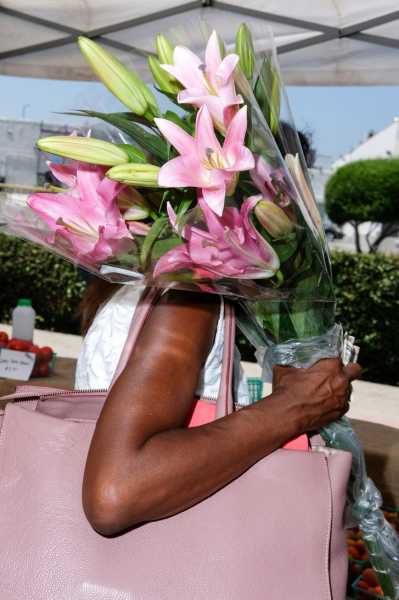
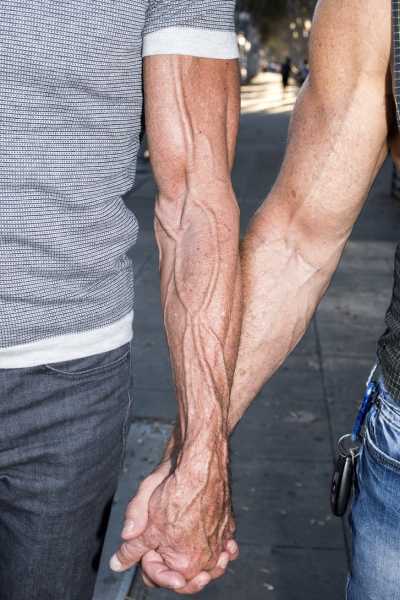
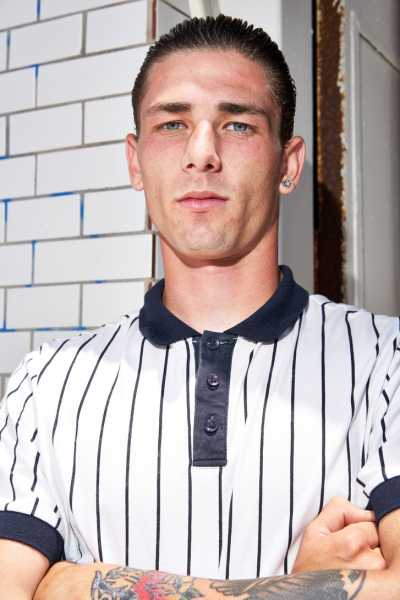
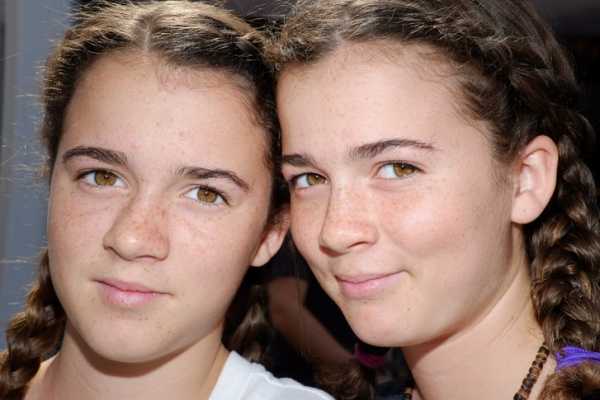
Sourse: newyorker.com






